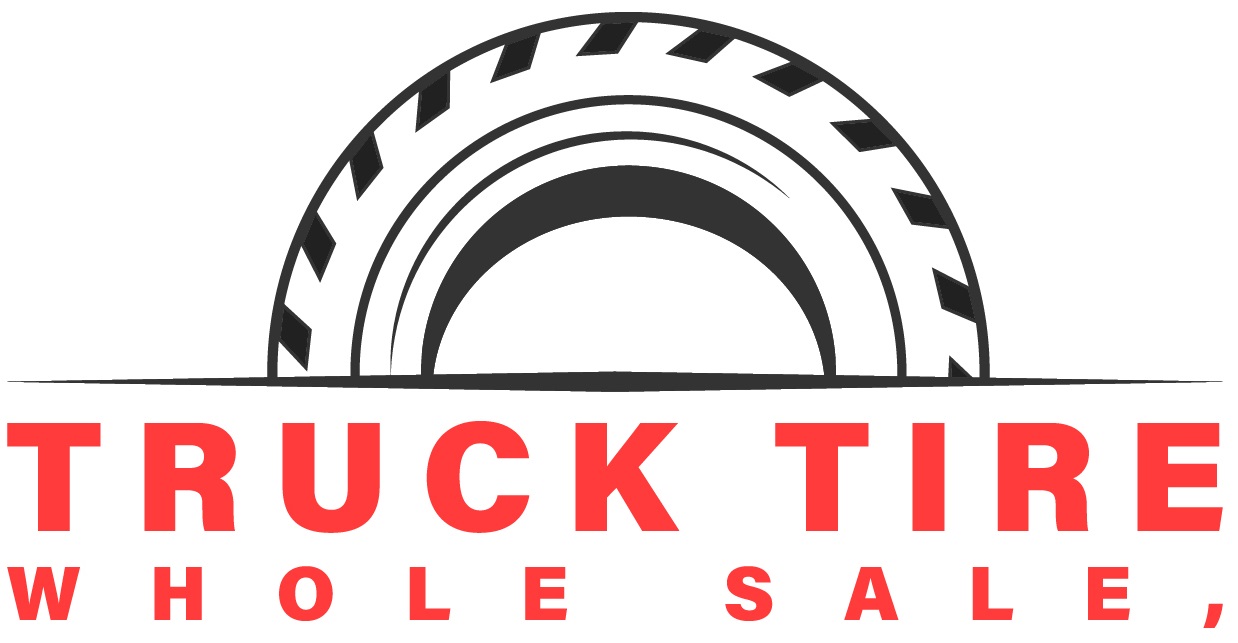If you drive a truck, you know how important it is to have reliable tires for your vehicle. Tires for truck are not just any tires. They are designed to handle heavy loads, rough roads, and various weather conditions. Whether you drive a light truck, a pickup truck, or a semi truck, you need tires that can enhance your truck’s performance and safety.
But what happens when your tires for truck get damaged or worn out? How do you repair them and keep them in good shape? In this blog post, we will answer some of the most common questions about truck tire repair and share some tips on how to maintain your tires for truck.
What Causes Truck Tire Damage?
Truck tire damage can be caused by many factors, such as:
- Road hazards: Potholes, nails, screws, glass, rocks, and other debris can puncture or cut your tires for truck, causing air leaks or blowouts.
- Improper inflation: Underinflated or overinflated tires can cause uneven wear, reduced traction, increased risk of blowouts, and poor fuel economy.
- Misalignment: Misaligned wheels can cause your tires to wear unevenly and affect your truck’s handling, steering, braking, and fuel efficiency.
- Overloading: Exceeding the load capacity of your tires can cause excessive heat buildup, tire deformation, and increased wear and tear.
- Age: Over time, your tires can lose their elasticity and strength due to exposure to heat, sunlight, ozone, and other environmental factors.
How Do You Know If Your Truck Tire Needs Repair?
Some signs that your truck tire needs repair are:
- Your tire pressure monitoring system (TPMS) light is on
- You notice a bulge or blister on the tire sidewall
- You see cracks or cuts on the tire tread or sidewall
- You hear a hissing or thumping sound from your tire
- You feel a vibration or wobble in your steering wheel
- You experience poor handling or braking performance
If you notice any of these signs, you should bring your truck to a professional tire service center as soon as possible. Driving on a damaged or worn-out tire can be dangerous and lead to further damage or accidents.
How Do You Repair a Truck Tire?
The most common way to repair a truck tire is by using a plug or a patch. A plug is a rubber strip that is inserted into the puncture hole from the outside of the tire. A patch is a rubber piece that is glued to the inside of the tire over the puncture hole. Both methods seal the hole and prevent air from escaping.
However, not all punctures can be repaired with a plug or a patch. According to the Rubber Manufacturers Association (RMA), a puncture can only be repaired if it meets the following criteria:
- The puncture is located in the tread area of the tire
- The puncture is no larger than 1/4 inch in diameter
- The puncture has not caused any internal damage to the tire
- The puncture has not compromised the tire’s structural integrity
If the puncture does not meet these criteria, or if the tire has other types of damage such as sidewall cuts, tread separation, or bead damage, then the tire cannot be repaired and must be replaced.
How Do You Maintain Your Truck Tires?
The best way to prevent truck tire damage and extend their lifespan is by maintaining them properly. Here are some tips on how to maintain your tires for truck:
- Check your tire pressure monthly: Use a tire pressure gauge to measure the air pressure in each tire and inflate them to the recommended level indicated by your vehicle manufacturer. Check the pressure when the tires are cold (not driven for at least three hours) and adjust it according to the ambient temperature and load conditions.
- Rotate your tires every 6,000 miles: Rotating your tires means moving them from one position to another on your vehicle (for example, from front to rear or from left to right). This helps to even out the wear on your tires and extend their lifespan. You can rotate your tires yourself if you have the right tools and skills, or you can take your truck to a professional service center.
- Align your wheels periodically: Aligning your wheels means adjusting their angles so that they are parallel to each other and perpendicular to the ground. This helps to improve your truck’s handling, steering, braking, and fuel efficiency. It also helps to prevent uneven tire wear and reduce stress on your suspension components. You can have your wheels aligned by a professional service center or use a DIY alignment kit if you have the right tools and skills.
- Inspect your tires regularly: You should inspect your tires regularly for any signs of damage or wear that may affect their performance or safety. You should look for cracks, cuts, bulges, or blisters on the tire sidewalls or tread; nails, screws, glass, or other foreign objects embedded in the tire; uneven tread wear patterns, such as cupping, feathering, or scalloping; excessive tread wear that reduces the tread depth below 2/32 inch; tire age that exceeds six years from the date of manufacture. If you notice any of these problems on your tires, you should replace them as soon as possible. Driving on damaged or worn-out tires can increase the risk of tire failure, blowouts, flats, or accidents.
Conclusion
Truck tire repair is an essential part of keeping your truck in good shape and ensuring your safety on the road. By knowing what causes truck tire damage, how to repair it, and how to maintain it, you can save money, time, and hassle in the long run. If you need any help with truck tire repair or maintenance, you can contact us via email. We are happy to assist you with any questions or concerns you may have about your tires for truck.
